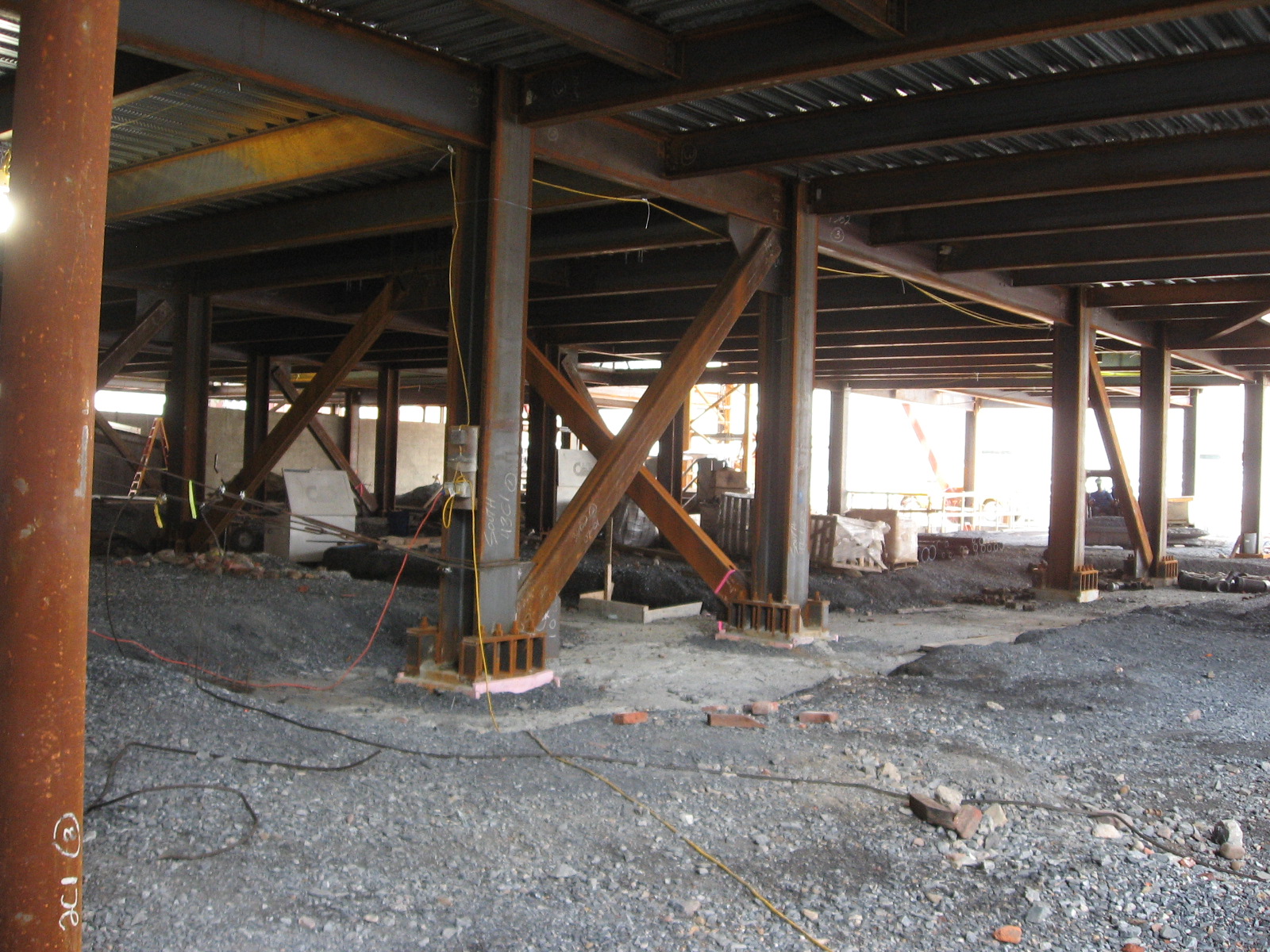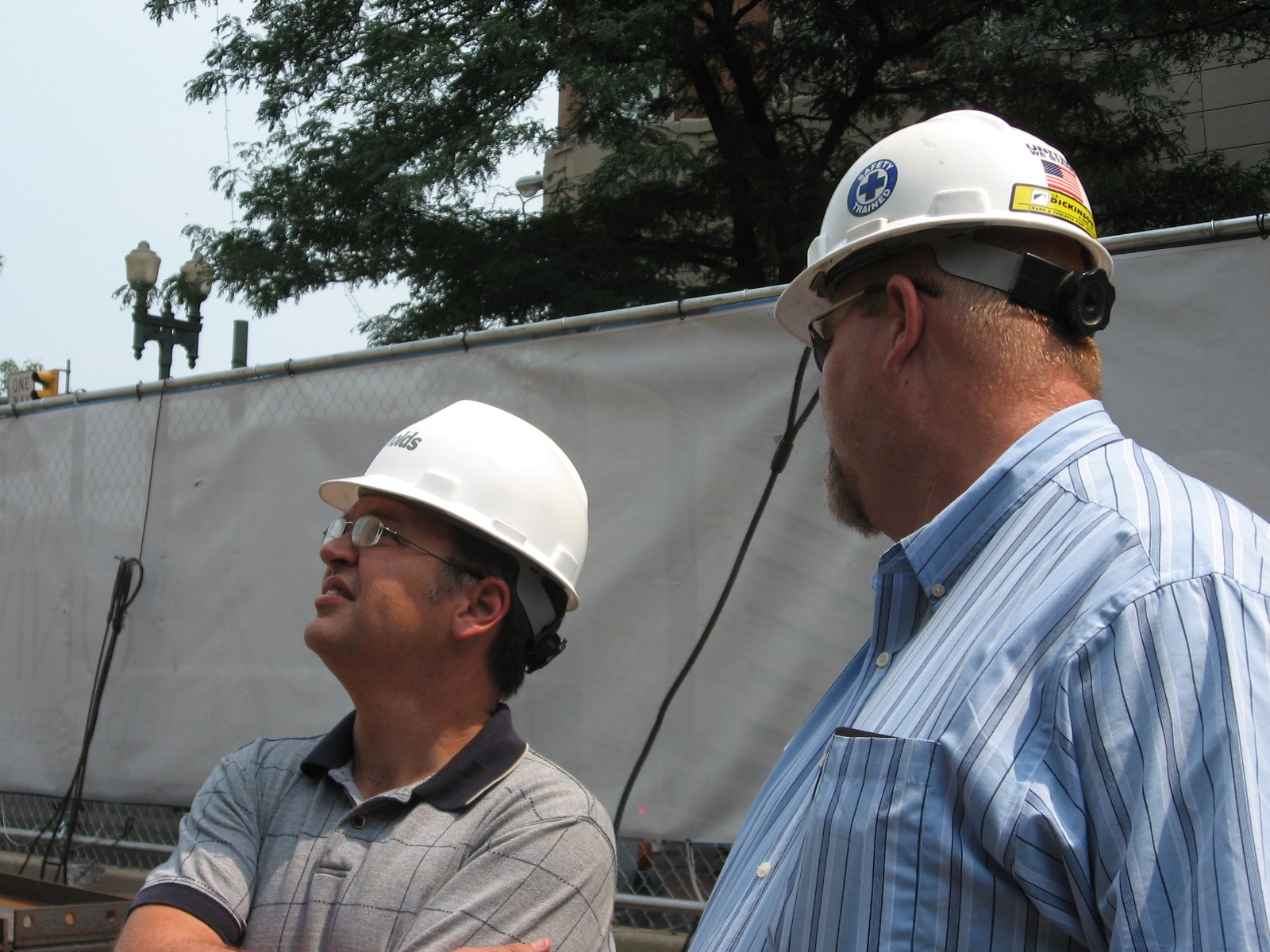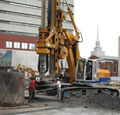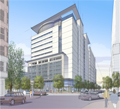


| |
| HOME |
| ABOUT LAUREL |
| THESIS ABSTRACT |
| BUILDING STATS |
| TECHNICAL ASSIGNMENTS |
| THESIS ASSIGNMENTS |
| THESIS RESEARCH |
| THESIS PROPOSAL |
| PRESENTATION |
| FINAL REPORT |
| REFLECTIONS |
Senior Thesis | The Pennsylvania State University | Architectural Engineering | AE Lab | Contact Laurel Warner |
Research |
[1] Daylighting Simulation Software (2008): radsite.lbl.gov. Lawrence Berkeley National Laboratory. [2] LEED Rating System. (2008): usgbc.org. U.S. Green Building Council. [3] Public Technology Institute. (1996). Sustainable Building Technical Manual. www.pti.org. [4] Ander, G. (1997). Daylighting Performance and Design. New York: John Wiley and Sons. [5] Andereck, Kelly J. (2002). www.edcmag.com. Breaking the Green Ceiling. Boston, MA. [6] Bennett, Doug. (2008). Molasky Corporate Center: ‘Greening Las Vegas with LEED Gold [7] Brightworks. (2008). Intelligent Strategies for Sustainability: 1700 Building. Portland, OR: Brightworks Northwest, LLC. [8] Carter, Charlie. (2007). Engineering Value into Your Project. Chicago, IL: Modern Steel Construction. [9] City of Houston. (2007). LEED, Green Building. City of Houston, Texas. [10] California Academy of Sciences. (2008). www.calacademy.com. Green Architecture in the New [11] Duke University. (2008). www.duke.edu. Environmental Sustainability at Duke. Durham, NC: Office of the Executive Vice President. [12] Dittbenner, Richard. (2007). Recycling and Environmental Sustainability. San Diego, CA: Community College District. [13] Edison Electric Institute. (2008). www.eei.org. Plaza at PPL Center Wins Coveted Environmental [14] Energy Efficiency and Renewable Energy. (2004). Management Building at Georgia Tech. Washington, DC: Energy Efficiency and Renewable Energy [15] Ginsburg, M. (2006). Green Building Research Funding: An Assessment of Current Activity in the United States. Washington, D.C: U.S. Green Building Council. [16] Great Lakes Water Institute. (2006). www.glwi.uwm.edu. Installing Green Roofs. University of Wisconsin—Milwaukee. [17] Guzowski, M. (1999). Daylighting for Sustainable Design . New York: McGraw-Hill, Inc. [18] Jackson, M. (2002). City Takes LEED in Green Buildings. San Diego Business Journal. Vol. 23, No. 46 [19] Kats, G. (2006). Greening America’s Schools: Costs and Benefits. Washington, D.C: U.S. Green Building Council. [20] Langdon, Davis. (2007). Cost of Green Revisited. Washington, D.C: U.S. Green Building Council. [21] Liberty Mutual. (2006). www.libertymutualgroup.com. Green Practices. Boston, MA: Liberty Mutual Insurance Company. [22] Liu, K.K.Y. (2004). Sustainable Building Envelope -Garden Roof System Performance. [23] Pratt School of Engineering. (2006). www.pratt.duke.edu. The Fitzpatrick Center’s LEED Certification. Durham, NC: Duke University. [24] Rousseau, D. (2002). Resource Guide for Sustainable Development in an Urban Environment. Seattle, Washington: UEI, Inc. [25] Saxena, Rohit et al. (2004). Smart Sustainability: A Case Study of the Emory University Whitehead Biomedical Research Facility. Atlanta, GA:Environmental Protection Agency. [26] Simmons College. (2008). www.simmons.edu. School of Management’s New Green Home. Boston, MA: Simmons College. [27] Sera, A. (2000). Green City Buildings: Applying the LEED Rating System. Portland, Oregon: Xenergy, Inc. [28] Sustainable Design. (2007). www.scribd.com. David Skaggs Research Center. Boulder, CO: Environmental Protection Agency. [29] U. S. Green Building Council. (2002). Building Momentum: National Trends and Prospects for High-Performance Green Buildings. Washington, D.C: U.S. Green Building Council. [30] U. S. Green Building Council. (2005). LEED-NC Version 2.2 Reference Guide. Washington, D.C: U.S. Green Building Council. [31] U. S. Green Building Council. (2006). Project Profile: Banner Bank Building. Washington, D.C: U.S. Green Building Council. [32] University of Florida. (2007). www.facilities.ufl.edu. Facilities Planning and Construction. Gainsville, FL: University of Florida [33] Velasco, Paulo C. T. (2006). A New Model to Calculate Energy Savings of Green Roofs to be Used in Building Energy Simulation Programs. University Park, Pa. Architectural Engineering Department, The Pennsylvania State University. [34] Warner, L. (2008). LEED and Urban Daylighting. University Park, Pennsylvania: English Department, The Pennsylvania State University. [35] Whole Building Design Guide. (2008). www.wbdg.org. One and Two Potomac Yard. Washington, D.C: National Institute of Building Designs.
|
| See For Yourself | ||
|
||
Note: While great efforts have been taken to provide accurate and complete information on the pages of CPEP, please be aware that the information contained herewith is considered a work‐in‐progress for this thesis project. Modifications and changes related to the original building designs and construction methodologies for this senior thesis project are solely the interpretation of Laurel Warner. Changes and discrepancies in no way imply that the original design contained errors or was flawed. Differing assumptions, code references, requirements, and methodologies have been incorporated into this thesis project; therefore, investigation results may vary from the original design.
The Capstone Project Electronic Portfolio (CPEP) is a web‐based project and information center. It contains material produced for a year‐long Senior Thesis class. Its purpose, in addition to providing central storage of individual assignments, is to foster communication and collaboration between student, faculty consultant, course instructors, and industry consultants. This website is dedicated to the research and analysis conducted via guidelines provided by the Department of Architectural Engineering. For an explanation of this capstone design course and its requirements:
|
|---|

